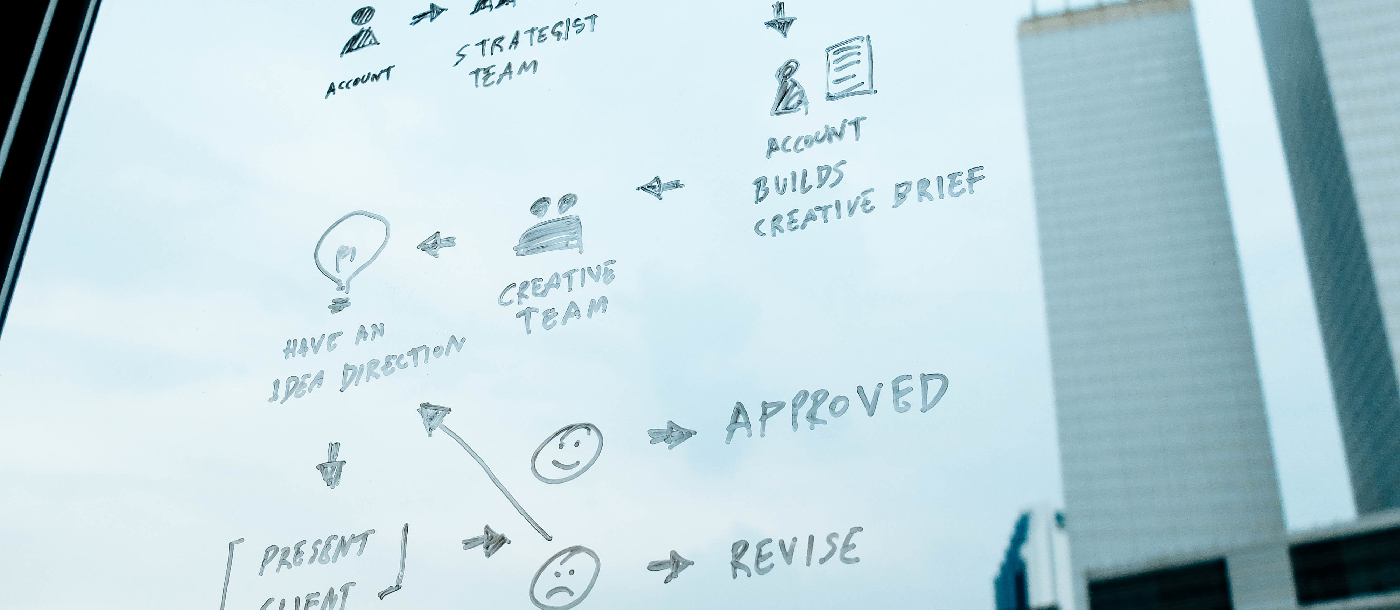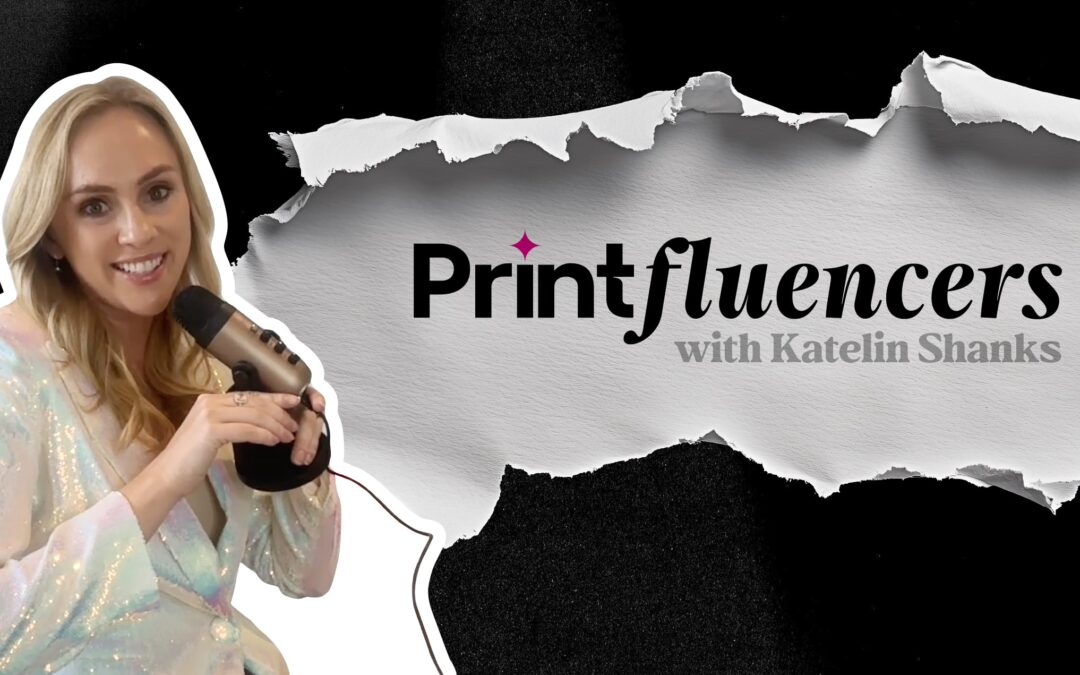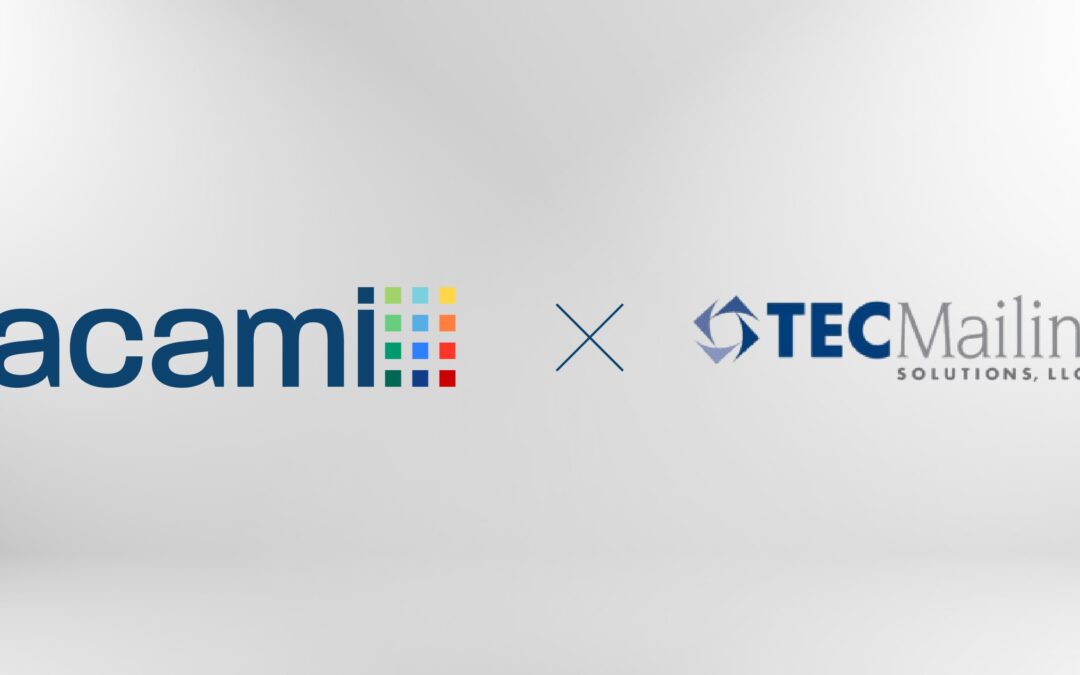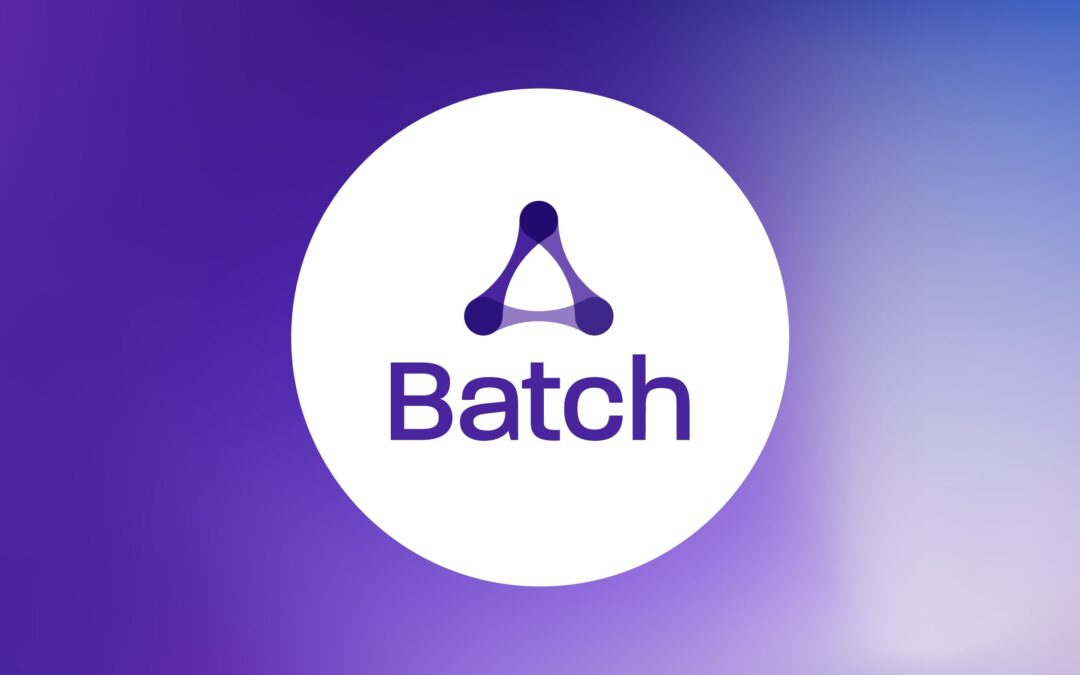For print/mail providers, choosing the right software solution to automate and streamline their document production workflow requires extensive analysis, comparison, and product demonstrations. The type of documents you produce, the clients you serve, and the classes of mail your facility creates are all factors affecting the solution choices. Once you make a decision and choose a software platform, installing the application will not eliminate all bottlenecks, disruptions, and miscues you may be experiencing in your document production facility. Implementing a production workflow platform requires integration of multiple technology vendors, cleaning up existing processes, training, and getting buy-in from the staff. These steps form the infrastructure necessary to allow for the software to make work faster, easier, and more profitable.
Steps in Workflow Automation
Workflow automation is the design, execution, and automation of processes based on rules where human tasks, data, or files are routed between people or systems based on pre-defined business rules. The steps in a typical transactional document workflow include:
- Data acquisition
- Data formatting/filtering/validation
- Print suppression based on consumer preference
- Matching data from multiple sources
- Postal processing
- Householding
- Segmentation by output channel
- Document composition
- Batching/Combining Jobs
- Printing/electronic document generation
- Document archiving
- Delivering to Digital Channels
- Folding/inserting
- Reprints
- Holds and pulls
- Preparation for mailing
- Delivering to post office
- Tracking/reporting
- Billing
Print/mail providers often create workflows out of necessity. The processes do not always follow a standardized set of procedures and the steps may not be 100% efficient. Companies often use a collection of software tools that do not communicate with each other, hardware that is manual and does not talk to anything, and employees with varying levels of expertise. Employees “build” their own workflows that become the standard and are passed along to new hires. This approach works, but it is not as effective as it should be. Companies frequently do not document the procedures in writing and the production process runs somewhat informally. Often, executing a workflow for each client or project depends on the knowledge of tenured team members. The weakness of this strategy became apparent during COVID.
The Physical and the Digital
Review the list of steps in a typical workflow above. Notice that many of the steps are in the digital plane. You do not accomplish them with mouse clicks directing a software application to do something. But the workflow is not all digital. Workflow also includes the physical movement and storage of goods like paper, toner, and envelopes. Can you combine multiple trips to the warehouse for stock? Is stock for the shift queued in advance for rapid delivery to the inserter, rather than requiring several trips to the far reaches of the warehouse? The software cannot fix physical inefficiencies. A workflow audit paints a clearer picture of what is happening. The goal of a workflow audit is to identify redundancy and recognize how time relates to action. Before the software implementation, delineate physical activities, define best practices, and publish the expected actions.
Plan for the Inevitable
Companies buying print and mail services (your customers) often do not plan as well as we would like. Jobs show up with no advance notice because the client is acting on a market condition and needs document composition, printing, and mailing today. When a job is new, you might be able to use a workflow from an earlier project as a model for the new work. But could your staff miss something when rushing to accommodate the client? What happens when something goes wrong? Where do team members go when they encounter a problem? It is difficult to manage issues if you do not define relationships and dependencies. Without an engaged team aligned around the outcomes, you do not have an actual workflow. People plus the platform are necessary to make an automated process work.
Hardware and Software Interaction
Production environments use hardware and software from many sources. Companies must sometimes add production components when a new job comes in the door, and the new technology may not easily interface with legacy systems. In unautomated environments, separate processes are manual. As part of their automation migration strategy, print/mail service providers must determine who controls the integration plan and how it is administered. Print/mail workflow integration solutions bring all production floor technology together. Hiring an unbiased, third-party integrator to assess and connect systems from different manufacturers improves the chance of a successful implementation.
Professional Services
As with any technology that changes an organization’s daily routine, the challenge is moving work to the new environment. You may install the software, but it is not fully operational for all your jobs on day one. Professional service hours contracted with the software vendor are essential for a successful implementation. Be diligent in uncovering all possible jobs and varying workflows. Get professional services’ help with all of them. Do not assume that running one application out of many is enough to grasp the power of the new platform. With adequate preparation, you will be ready to run jobs the “new way” when they arrive at your production center, not the “old way.”
Application
The Alchem-e™ platform from Racami is workflow automation software that tracks and advances a print and mail job from when it arrives as an electronic file until the documents are delivered to a mailbox. The Alchem-e dashboard provides access to the production environment by connecting technologies, systems, and processes from technology vendors. An Alchem-e integration gives print/mail providers control over automation, throughput, profitability, and risk mitigation.
Alchem-e is now available as an on-premise installation or a fully featured cloud-based solution. Contact us to learn more about how Alchem-e can help you automate your production facility.



